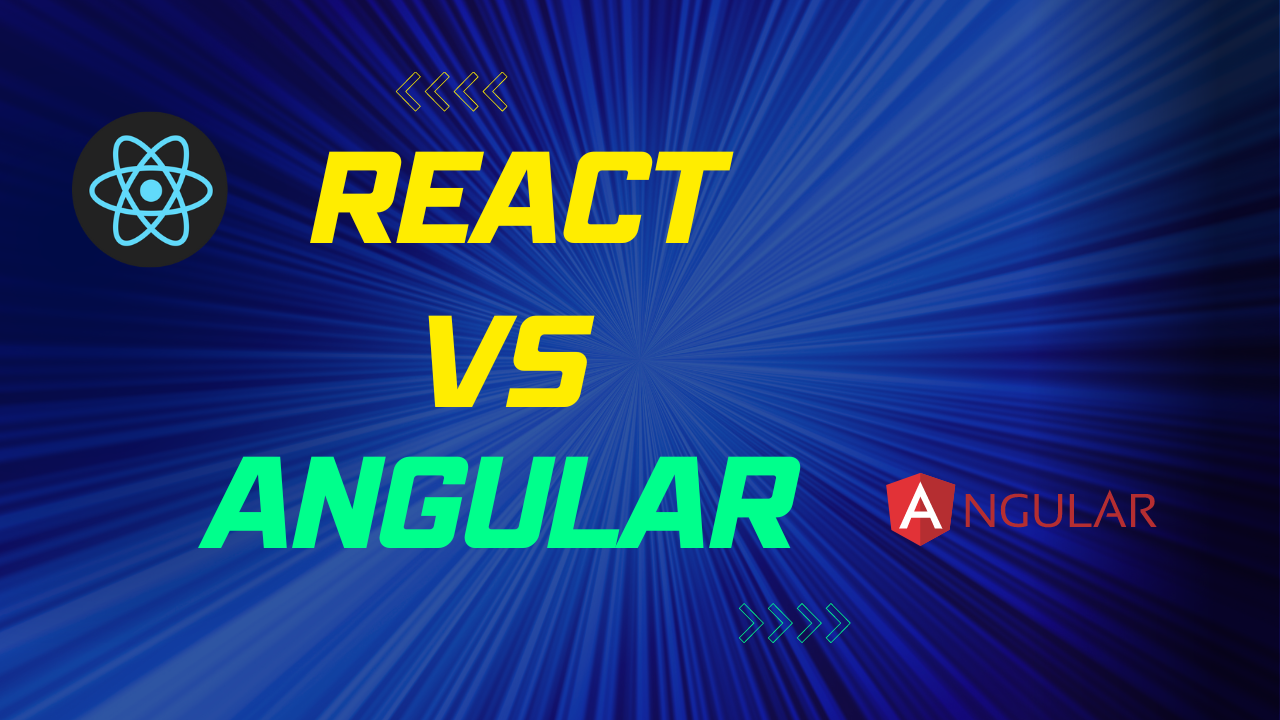Technical debt is a problem that every expanding firm has to deal with at some point, but it doesn’t show up on balance sheets or revenue screens.
It doesn’t seem dangerous at first. A quick fix to meet a deadline. A feature that is developed on top of old code. A legacy system that is still in use because “it still works.” But tech debt builds up over time without anyone noticing, and when it does, it slows down new ideas, raises costs, and eventually stops growth.
In an economy that is mostly digital, companies don’t fail because they don’t have any ideas. They fail because their tech isn’t up to date.
What is tech debt, and why does it grow so quickly?
Tech debt is the total cost of choosing speed above long-term viability while making software. It has old frameworks, code that isn’t well-documented, systems that are too closely linked, manual processes, and technologies that don’t function with the company anymore.
These shortcuts add up as companies get bigger. New teams use old systems to get things done. Integrations start to break down. Changes always take longer than you think they will. What used to help the firm grow faster is now holding it back.
How Tech Debt Slows Down Growth and Kills It
Tech debt doesn’t usually break things right away. Instead, it slowly hurts performance until growing becomes uncomfortable.
- The pace of product innovation slows down.
Teams spend more time addressing issues than adding new features. Launch cycles can last anywhere from weeks to months because even simple changes need a lot of testing and rework.
- Costs of running the business go up without anyone noticing.
Legacy systems need to be fixed all the time. Manual workflows add more people without making more work. Costs for infrastructure go up while performance stays the same.
- The experience of the customer gets worse.
Users are angry when apps are slow, systems are unreliable, and data is inconsistent. Rates of conversion go down, churn goes up, and trust in the brand goes down.
- It becomes harder to keep talented people.
Top engineers don’t want to work with old stacks. Instead of solving real challenges, existing teams get burned out fighting brittle systems.
- Scaling is no longer safe.
Systems break down when there is too much traffic, data, or transactions. Technology becomes the bottleneck instead of helping things grow.
At this point, businesses often think that tech debt is a “technology problem.” The actual problem is that the business isn’t growing.
The Price of Not Paying Off Tech Debt
Companies that put off dealing with tech debt lose out on chances. The growth of the market slows down. Rivals move more quickly. Digital transformation projects are stuck because the groundwork isn’t ready.
Industry research shows that companies spend up to 40% of their IT spending keeping old systems running. This money might be used for new ideas, AI, or improving the customer experience.
The longer you ignore tech debt, the more it costs to fix it.
How to Get Out of Tech Debt Without Slowing Down Your Business
Fixing tech debt doesn’t mean starting over from the beginning. The top organizations have a planned, step-by-step approach.
- Look at audit systems from the point of view of business
First, find out which systems have a direct impact on sales, customer happiness, and how things work. You don’t have to solve all of your tech debt right away; only the ones that halt growth.
- Make changes slowly, not all at once.
Break apart monoliths into smaller, distinct services. Instead of unstable integrations, use APIs. Slowly updating things decreases risk and makes things better all the time.
- Use automation whenever you can.
Adding manual steps to your tech debt. Testing, deployments, reporting, and processes that are automated make things faster and more accurate right away.
- Invest in architecture that can grow.
Cloud-native infrastructure, microservices, and modern data platforms make sure that systems can grow without needing to be worked on again and again.
- Make sure to include cutting down on tech debt in your strategy.
You should always refactor and improve what you make. You shouldn’t only clean up tech debt once; you should always keep an eye on it.
How Sifars Helps Companies Get Out of Tech Debt
We help companies that are growing swiftly untangle intricate systems and rebuild them for expansion without pausing their everyday operations at Sifars.
Our teams are working on:
- Making changes to old systems
- Cloud and microservices architecture that can grow
- Putting together data platforms
- Automation and AI make things more efficient
- Digital tools that are secure and ready for the future
We don’t simply cure problems; we also come up with new ideas faster, help firms grow over time, and make processes clearer.
Final Thoughts: Technical Base Is Key for Growth
Tech debt is not just a drag on software teams; it’s a slow-down for the full business. The companies that treat technology as something that enables growth, not something to maintain, are the ones who scale faster and compete better.
The good news? Tech debt is redeemable — if we take care of it early and with good judgment.
Are you prepared to cut tech debt and take growth to new heights?
👉 Get in touch with Sifars today to upgrade your systems and bring technology to life at scale as determined by you!











